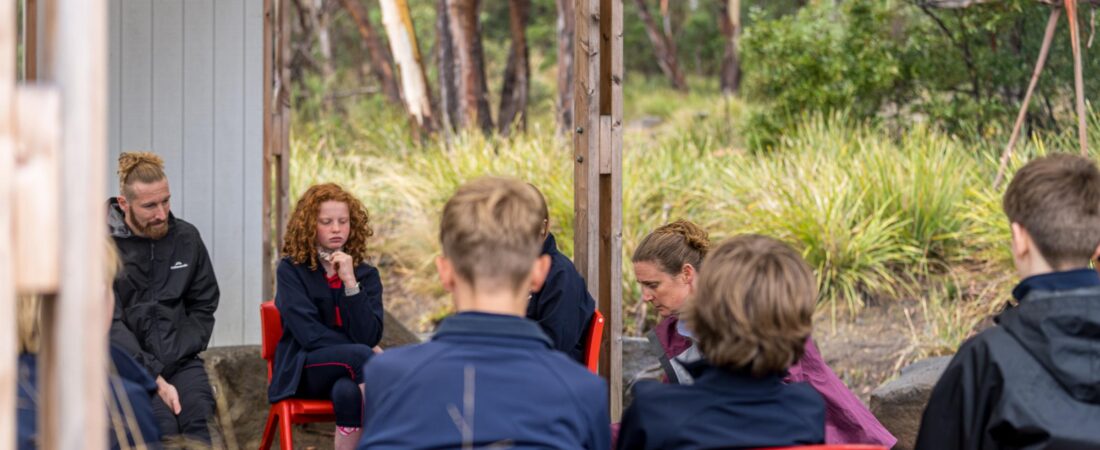Disciplinary and cross-disciplinary learning is grounded in 8 key learning areas, each of which form part of students’ program in both years as follows:
Year 7:
English
Humanities
Mathematics
Science
Health / PE
Arts rotation: Art, Dance, Drama, Music
Technology rotation: Foods, Fibre, Digital Tech, Design Tech
Languages (French, German or Japanese)
Year 8:
English
Humanities
Mathematics
Science
Health / PE
Arts rotation: Art, Dance, Drama, Music
Technology rotation: Foods, Fibre, Digital Tech, Design Tech
Languages (continuation of chosen language)
To ensure a middle years program that is rigorous, active and creative, students’ learning focus is balanced amongst all learning areas. 3 hours per week are timetabled for each learning area yet flexibility in the timetable design and delivery allow the program to be responsive and shift focus to suit learning, pastoral and year group needs in a given week or period.
